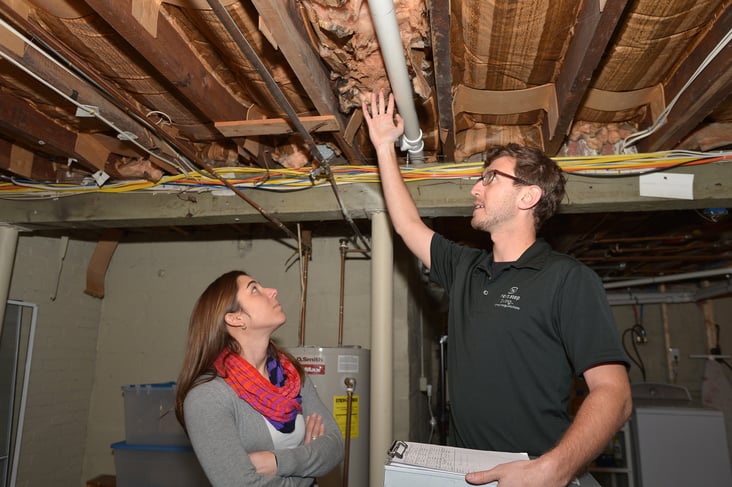This post is one in a series featuring the complete slate of advanced energy technologies outlined in the report This Is Advanced Energy.

Utilities across the country run energy efficiency programs that provide rebates, loans, information, and services to residential, commercial, and industrial customers to help them reduce their energy use and save money. Energy efficiency improvements provided through utility programs include technologies and building systems that reduce energy use while still delivering the same or superior service, such as lighting, appliances, behavioral energy efficiency, heating and cooling equipment, and building materials and systems. Many utility programs also offer services, such as energy audits, to help customers identify and understand potential savings. While these programs are administered by utilities, the services are typically delivered by private sector companies such as Lime Energy and CLEAResult. Thanks to energy efficiency improvements, energy consumption by the average U.S. home has decreased over time, dropping 21% from 1980 to 2009 even as the size of homes has grown and the number of electronic devices has proliferated.
Utility energy ef ciency programs date back to the 1970s and the oil embargo. Now, most utilities, both large investor-owned utilities (IOUs) and smaller cooperatives and municipal utilities, offer efficiency programs or services to their customers. CLEAResult manages over 700 programs for utilities across North America, including several programs for Consumers Energy in Michigan. In 2013, Massachusetts and Vermont both achieved utility program savings equivalent to 2% of electricity consumption for the year; Arizona, Hawaii, and Michigan follow as the leading states for utility energy savings. These high levels of savings are being achieved even in states that have a long history of utility energy efficiency programs, demonstrating that there are savings still available long after the “low hanging fruit” has been plucked.
Despite the fact that utility energy efficiency programs are cost effective, implementation varies across the country. As a result, there remains a large stock of buildings with significant untapped potential for energy savings. At an average levelized cost of saved energy of 2.8 cents/kWh, energy efficiency is 30% to 50% cheaper than additional generation. Utility energy efficiency programs give consumers more control and choice regarding their energy use and costs, while also benefiting the system as a whole by providing a cost-effective alternative to investments in new generation, transmission, and distribution facilities. Many utilities have started deploying advanced analytics and advanced metering infrastructure to further optimize their customers’ energy use. Building efficiency has also emerged as an important sector in the U.S. economy, with an estimated $60 billion in revenue in 2014, much of it driven by utility-run programs and services.
Learn more about energy efficiency, and the entire advanced energy economy, in AEE's report This Is Advanced Energy, available for free at the link below:
